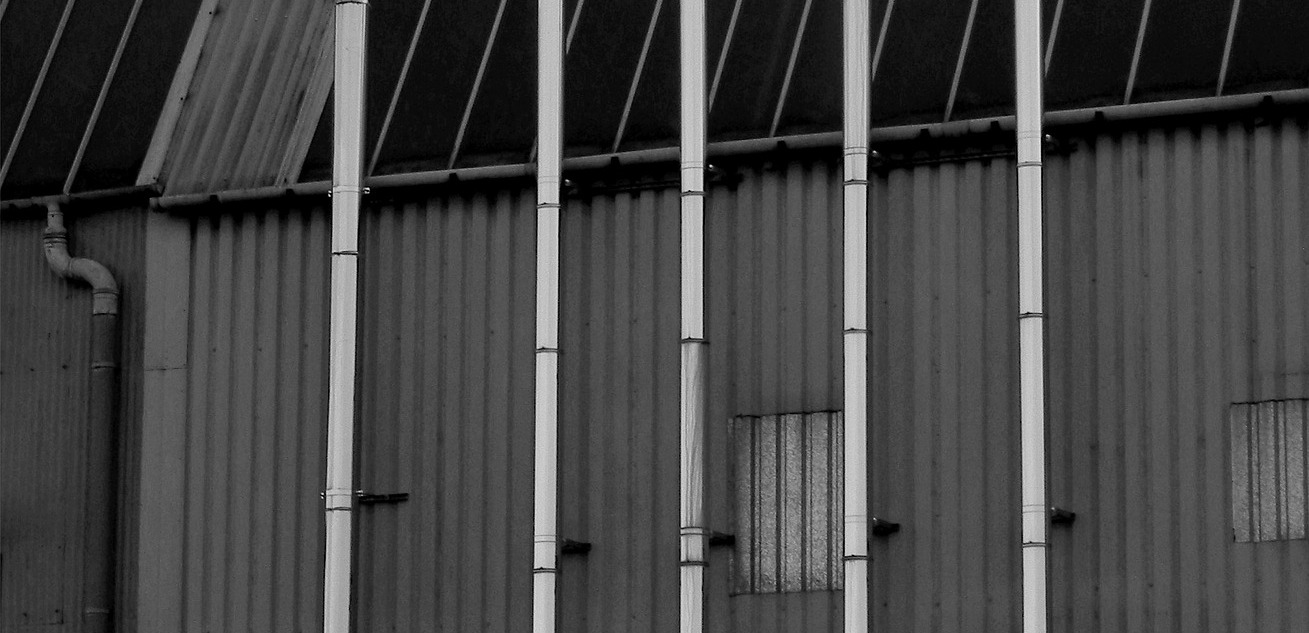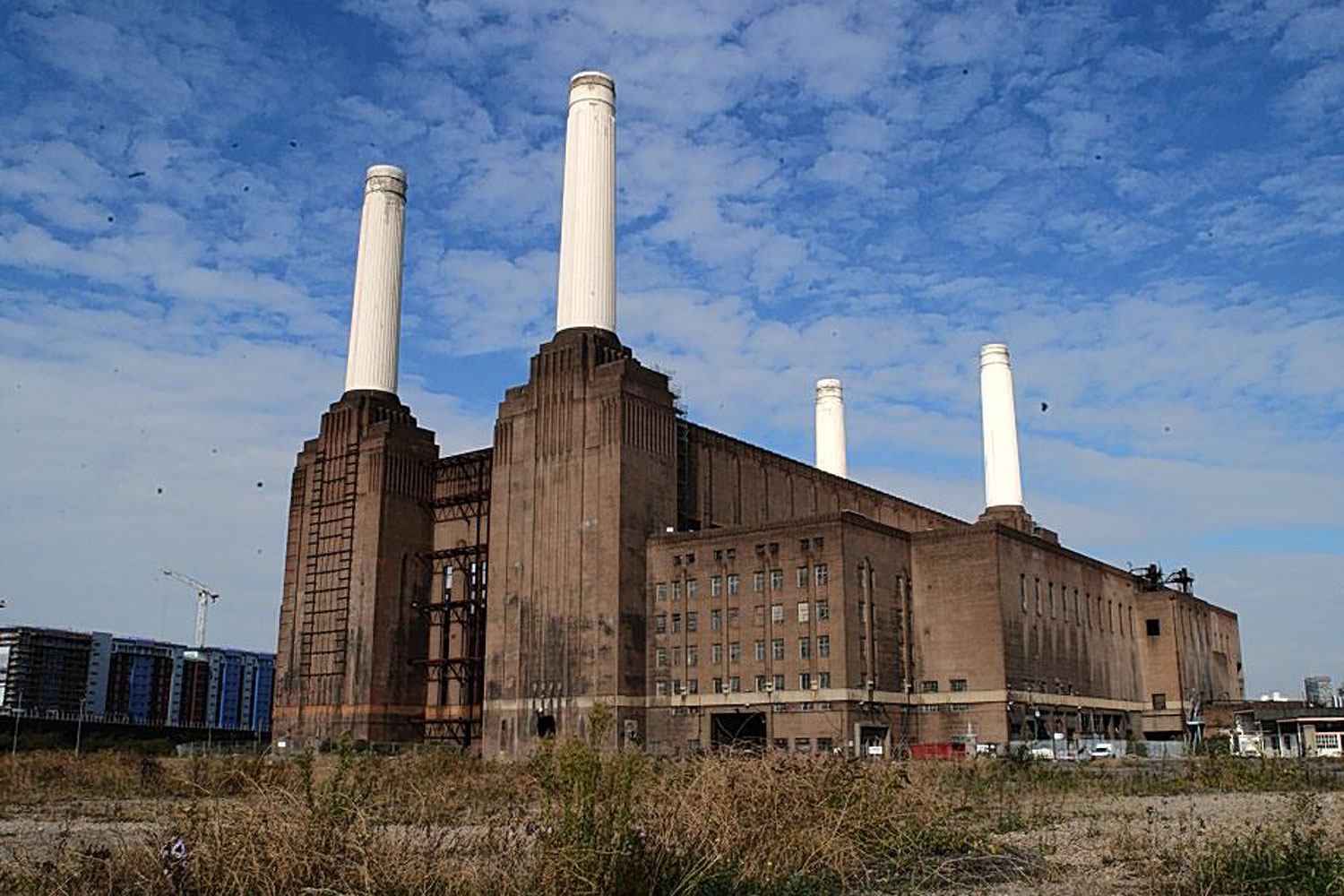Industrial building
The word ‘building’ is commonly considered to refer to an enclosed structure within which people can perform activities. The Building Regulations suggest that the word 'building' refers to: ‘...any permanent or temporary building but not any other kind of structure or erection’.
Industrial buildings are buildings used for industrial activities. Industrial buildings as an identifiable architectural type rose to prominence during the industrial revolution during the 18th and 19th centuries, when new activities, and the availability of new materials and techniques led to the creation of some of the most innovative buildings of the period.
Approved document B, Fire Safety, Volume 2 – Buildings other than dwellinghouses defines industrial buildings as:
|
Factories and other premises used for any of the following:
|
The The Town and Country Planning (Use Classes) Order Schedule) identifies 6 categories of industrial building:
B2. General industrial.
B3. Special industrial group A (registrable under the Alkali, etc. Works Regulation Act).
B4. Special industrial group B (getting, dressing or treatment of minerals carried on, in, or adjacent to a quarry or mine).
B5. Special industrial group C (burning bricks or pipes; burning lime or dolomite; producing zinc oxide, cement or alumina; foaming, crushing, screening or heating minerals or slag; processing pulverized fuel ash by heat; producing carbonate of lime or hydrated lime; producing inorganic pigments by calcining, roasting or grinding).
B6. Special industrial group D (distilling, refining or blending oils; producing or using cellulose or using other pressure sprayed metal finishes; boiling linseed oil or running gum; the use of hot pitch or bitumen; stoving enamelled ware; producing aliphatic esters of the lower fatty acids, butyric acid, caramel, hexamine, iodoform, napthols, resin products, salicylic acid or sulphonated organic compounds; producing rubber from scrap; use of chlorphenols or chlorcresols as intermediates; manufacturing acetylene from calcium carbide; manufacturing, recovering or using pyridine or picolines, any methyl or ethyl amine or acrylates).
B7. Special industrial group E (boiling blood, chitterlings, nettlings or soap; boiling, burning, grinding or steaming bones; boiling or cleaning tripe; breeding maggots; cleaning, adapting or treating animal hair; curing fish; dealing in rags and bones; dressing or scraping fish skins; drying skins; making manure; making or scraping guts; manufacturing animal charcoal, blood albumen, candles, catgut, glue, fish oil, size or feeding stuff for animals or poultry from meat, fish, blood, bone, feathers, fat or animal offal; melting, refining or extracting fat or tallow; preparing skins for working).
[edit] Related articles on Designing Buildings Wiki
- Architectural styles.
- Building activities definition.
- Building complex.
- Building component.
- Building element.
- Building entities.
- Building spaces definition.
- Building system.
- CALISIA ONE case study.
- Construction works.
- Definition of industrial buildings.
- Industrial cluster.
- Recording old industrial sites.
- Types of building.
- Use class.
Featured articles and news
The UK's Modern Industrial Strategy: A 10 year plan
Previous consultation criticism, current key elements and general support with some persisting reservations.
Building Safety Regulator reforms
New roles, new staff and a new fast track service pave the way for a single construction regulator.
Architectural Technologist CPDs and Communications
CIAT CPD… and how you can do it!
Cooling centres and cool spaces
Managing extreme heat in cities by directing the public to places for heat stress relief and water sources.
Winter gardens: A brief history and warm variations
Extending the season with glass in different forms and terms.
Restoring Great Yarmouth's Winter Gardens
Transforming one of the least sustainable constructions imaginable.
Construction Skills Mission Board launch sector drive
Newly formed government and industry collaboration set strategy for recruiting an additional 100,000 construction workers a year.
New Architects Code comes into effect in September 2025
ARB Architects Code of Conduct and Practice available with ongoing consultation regarding guidance.
Welsh Skills Body (Medr) launches ambitious plan
The new skills body brings together funding and regulation of tertiary education and research for the devolved nation.
Paul Gandy FCIOB announced as next CIOB President
Former Tilbury Douglas CEO takes helm.
UK Infrastructure: A 10 Year Strategy. In brief with reactions
With the National Infrastructure and Service Transformation Authority (NISTA).
Ebenezer Howard: inventor of the garden city. Book review.
The Grenfell Tower fire, eight years on
A time to pause and reflect as Dubai tower block fire reported just before anniversary.
Airtightness Topic Guide BSRIA TG 27/2025
Explaining the basics of airtightness, what it is, why it's important, when it's required and how it's carried out.
Construction contract awards hit lowest point of 2025
Plummeting for second consecutive month, intensifying concerns for housing and infrastructure goals.
Understanding Mental Health in the Built Environment 2025
Examining the state of mental health in construction, shedding light on levels of stress, anxiety and depression.
The benefits of engaging with insulation manufacturers
When considering ground floor constructions.
Lighting Industry endorses Blueprint for Electrification
The Lighting Industry Association fully supports the ECA Blueprint as a timely, urgent call to action.


























Comments